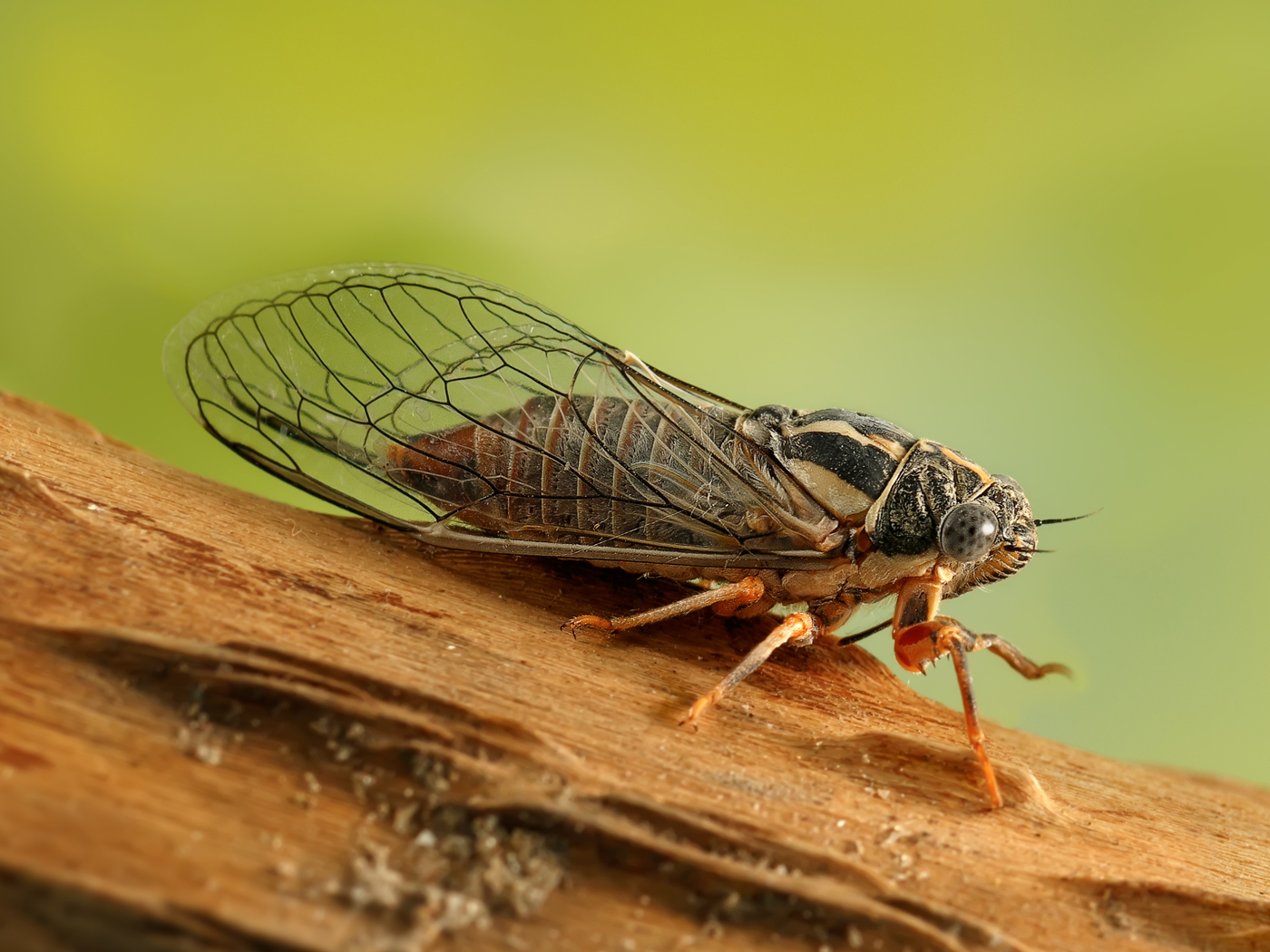A fossilized lemur-like creature, nicknamed "Ida," was broadly heralded in 2009 as one of man’s earliest ancestors. At the time, and despite the hype, various paleontologists expressed doubts regarding the placement of this fossil in man’s evolutionary tree.
Now, after a careful look at the evidence, more researchers are refuting Ida’s "missing link" status. These more measured analyses, however, are not being promoted with as much enthusiasm as the unsubstantiated initial claims that Ida was "our connection with the rest of all the mammals."1
A recent article in the Austin American-Statesman highlighted research by University of Texas anthropologist Chris Kirk and his colleagues, who recently published a critique of Ida in the Journal of Human Evolution. Kirk told the Statesman, "It’s a spectacular fossil, but it really doesn’t have any relevance for human evolution."2
The study’s authors refuted specific claims made by paleontologist Jens Franzen and others in a 2009 PLoS Biology paper, which named Ida Darwinius masillae in honor of British naturalist Charles Darwin’s 200th birthday.3
The relevance of Ida to human ancestry depended on her being a haplorhine, a "dry-nosed" group of primates thought to include monkeys, apes, tarsiers, and humans. Kirk and his colleagues revisited Ida’s tooth, skull, jaw, and other body features, and concluded that she was a strepsirrhine, a "wet-nosed" group that includes lemurs and aye-ayes, and that she was thus irrelevant to human evolution. (Some primates do not clearly fit either classification.)
Evolutionists had initially argued that if Ida was one of the earliest haplorhines to have evolved, then she might have been an ancestor to later haplorhines, which they believe eventually became humans. But these later researchers wrote in the Journal of Human Evolution, "Our review of the available evidence leads us to conclude that Darwinius is not a haplorhine and certainly not an anthropoid [man-like creature]."4
The American-Statesman reported that Franzen and his colleagues plan to publish a rebuttal of Kirk’s dissent. Like so many other evolution-inspired research questions, the issue of whether or not Ida belongs in man’s evolutionary past may remain wrapped in confusion and never be resolved by researchers who refuse to interpret the data using anything other than an evolutionary paradigm.
Ida’s prominence may someday diminish, but that will most likely happen only after another fossil is erroneously presented as the latest, greatest "missing link."5
References
- A quotation from British naturalist Sir David Attenborough, contained in Attenborough on Ida: this little creature is going to show our connection with all other mammals. The Guardian. Posted on guardian.co.uk May 19, 2009, accessed May 20, 2009.
- Castillo, J. UT researcher among those challenging ’missing link.’ Austin American-Statesman. Posted on statesman.com March 4, 2010, accessed March 9, 2010.
- Franzen, J. L. et al. 2009. Complete Primate Skeleton from the Middle Eocene of Messel in Germany: Morphology and Paleobiology. PLoS One. 4 (5): e5723.
- Williams, B. A. et al. Darwinius masillae is a strepsirrhine―a reply to Franzen et al. (2009). Journal of Human Evolution. Published online before print February 26, 2010.
- For a brief list of prior debunked "missing links" in man’s supposed evolutionary past, see Batten, D. 2010. Human evolution: oh so clear? Creation. 32 (2): 46-47.
Image credit: PLoS
* Mr. Thomas is Science Writer at the Institute for Creation Research.
Article posted on March 19, 2010.













